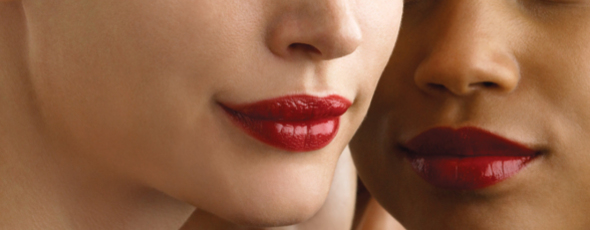The skin is the body's largest organ and accounts for roughly 18% of an adult's weight. It serves as a protective outer layer that keeps in moisture and keeps out invasive organisms (like infections). It protects our organs against injury. It also helps regulate the body's temperature and has self-healing capabilities.
The best way to maintain healthy skin is to prevent skin damage from occurring in the first place. Wrinkles, age spots and leathery patches are all the result of skin damage from overexposure to ultraviolet radiation from the sun. But the aging process for skin is unavoidable. As we age, skin becomes drier and thinner. Repeated movements of facial muscles, such as frowning, smiling or squinting, cause wrinkles over time. Stress, gravity and obesity also contribute to aging skin. And because the skin is thinner, it is more susceptible to bruising.
Photoaging
The premature aging of the skin from ultraviolet light exposure is called photoaging. Photoaging occurs when ultraviolet radiation penetrates deep into the dermis, damaging collagen fibers and causing the increased production of abnormal elastin. This breakdown in fundamental skin structures leads to deep wrinkles, fine lines, discoloration of the skin (age or liver spots), leatheriness and sagging skin.
Skin Care Routine
A healthy skin care routine throughout life can reduce the symptoms of aging in the skin. Be sure to:
- Wash your face using a gentle cleanser and lukewarm water twice a day.
- Pat skin dry? don't rub it dry.
- Exfoliate the skin twice a week to remove dead cells.
- Apply a moisturizer to the skin immediately after a shower or bath.
- Wear sunscreen with an SPF of at least 15 every day.
- For women who wear makeup, be sure to leave time each day when the skin is clean and free of makeup.
- Do not use tanning beds.
- Maintain a healthy diet and drink lots of water.
- Get an adequate amount of sleep every day.
- Quit smoking.
- Avoid stress.
- Conduct a monthly self-examination of your skin to detect any changes that might lead to cancer.
- See your dermatologist once a year.
Anti-Aging Treatments
Beyond prevention, in today's world there is a wide range of options for slowing down the effects of aging on the skin. See the Cosmetic Dermatology section of this website for more information about:
- Botox
- Chemical peels
- Dermabrasion
- Fillers
- Laser Resurfacing
- Retinoids

Skin Infections
Anyone who has a break in the skin is at risk for an infection. There are three types of skin infections:
Bacterial Infection
There are many bacteria that live on the surface of healthy skin. But with a break in the skin, these bacteria can invade the outer layer of skin and cause an infection and rash. Staph is a common cause of bacterial infections of the skin. Impetigo is one of the most common causes of skin infections in children. Oral or topical antibiotics are used to treat bacterial skin infections.
Viral Infection
Viruses are parasitic organisms that can live and grow inside living cells. They cause either a degeneration or a proliferation of the cell. Most causes of viral skin infections are either from Human Papilloma Virus, which causes warts, or Human Herpes Virus, which causes cold sores, chicken pox, shingles, genital herpes and mononucleosis. Viruses do not respond to antibiotics. Generally, medications are prescribed to help alleviate the symptoms of the infection, such as a rash or itch. Additionally, vaccinations are used to prevent viral infections.
Fungal Infections
Fungal infections of the human body are called mycoses and affect only the outer layer of skin. Although seen in all areas of the body, skin mycoses most frequently appear as yeast infections, thrush, athlete's foot or jock itch.





